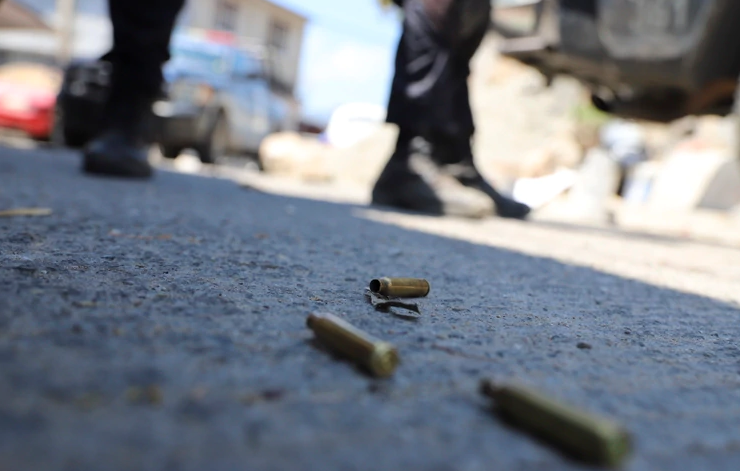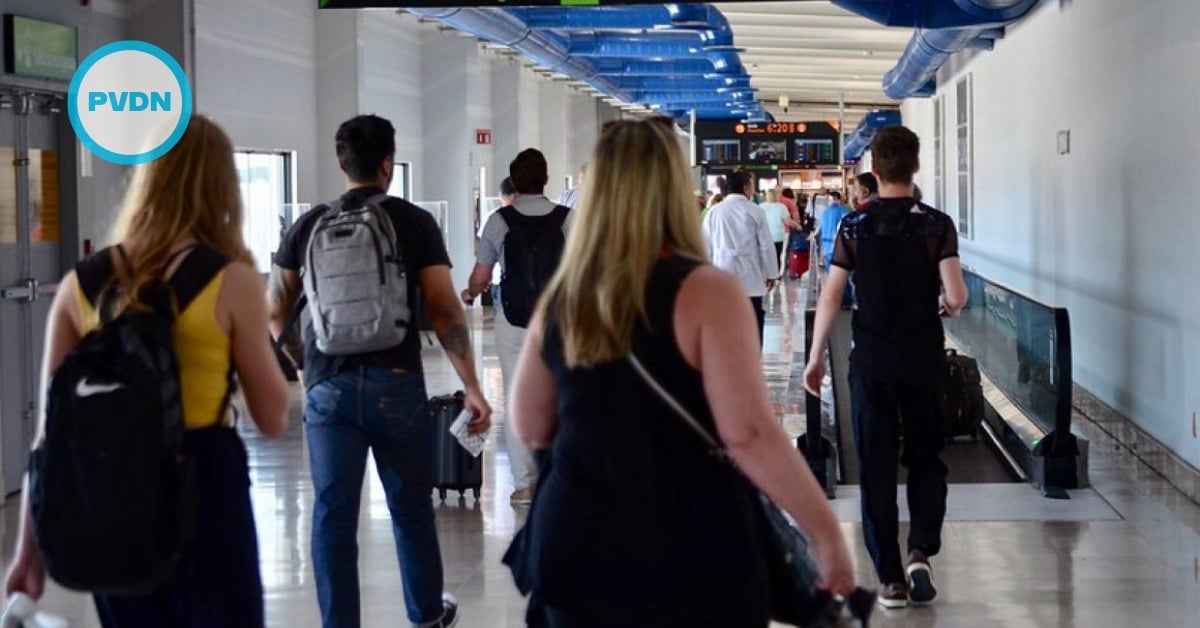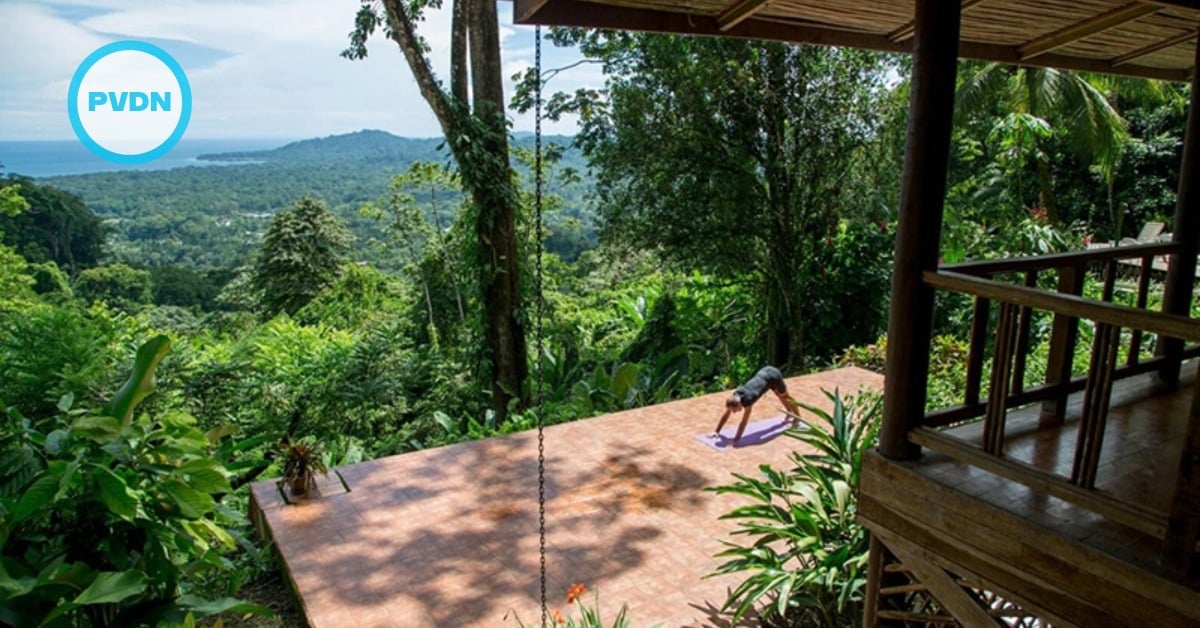Mexico is going through the bloodiest stage of its history. The dispute between the cartels to control a larger part of the national territory each time, and even beyond its borders, has led to a bitter struggle, which day by day has become more violent.
The appearance of new cartels, derived from the internal struggles of large drug trafficking organizations, has left thousands dead and disappeared in most of the country, but Jalisco, Guerrero, and Michoacán are three of the states where the situation has worsened.
Added to this, the capture and extradition to the United States of Joaqu . . .







